How big is your Ph. barbata colony?
- Formiculture.com
- Forums
- Gallery
- Members
- Member Map
- Chat

How big is your Ph. barbata colony?
I'm not sure. I consistently play a game I like to call "Schrödinger's Ants". It's where I keep everything in an incubator and don't open it for over a month at a time. I never really enjoyed keeping ants to begin with, so it's a rather convenient game to play for me.
Update 9 Feb. 2024
Dorymyrmex sp. 1. I decided to ethanol these colonies as the gynes are needed for a description of the species. They grew around as fast as any other Dorymyrmex species I have kept and had the standard Dorymyrmex behaviors in captivity. By the time of dumping the colonies into ethanol, they were each around 50 workers or so in size.
Pheidole clydei. This colony has continued to grow at a rapid rate, which make sense considering that the species was shown to be a part of the P. flavens-group. There is now a few dozen majors and around 600 minor workers. Their 10x20x13 cm foraging area is now overwhelmed with foragers at any given moment. Feeding this colony has only gotten more fun to watch. Soon after dropping in chopped up insects, they form a dense trail to the food source and majors come aid in breaking down the pieces. They also have been consuming mass amounts of sugars as well, with the colony going through around 5-7mL of sugar water every 1.5 weeks. I broke a piece of acrylic that was going to be apart of the formicarium I was working on for this colony, so i now have to 3D-print a piece, which has delayed the making of the formicarium.
Pogonomyrmex tenuispinus. I dwindled the number of colonies of this species to three. Each one has close to ten workers or so, which is due to my neglect. They burn through proteins nearly as fast as P. rugosus and I have not been the best at keeping up with their needs in that aspect. They have continued to grow despite this though and all colonies have a decent large brood pile.
As a side note, I do have other species that I could add to this journal. These species include Pheidole barbata, Pheidole psammophila, Veromessor pergandei, and Veromessor stoddardi.
Would love to see updates and photos of P. barbata and P. psammophila...
"Float like a butterfly sting like a bee, his eyes can't hit what the eyes can't see."
- Muhammad Ali
Check out my shop and Formica journal! Discord user is bmb1bee if you'd like to chat.
Also check out my YouTube channel: @bmb1bee
I'm not sure. I consistently play a game I like to call "Schrödinger's Ants". It's where I keep everything in an incubator and don't open it for over a month at a time. I never really enjoyed keeping ants to begin with, so it's a rather convenient game to play for me.
The yogi did not enjoy Schrödinger's Ants ![]()
Veromessor pergandei
Veromessor andrei
Crematogaster sp.
Pogonomyrmex cf cali and rugosus
Various Pheidole
C. yogi
Camponotus yogi made it to 25 workers with the use of two 3 month games of Schrödinger's Ants for me.
Thought they died?
Veromessor pergandei
Veromessor andrei
Crematogaster sp.
Pogonomyrmex cf cali and rugosus
Various Pheidole
C. yogi
Would love to see updates and photos of P. barbata and P. psammophila...
For now, here's a picture of the two color variations of Pheidole psammophila that I have found.
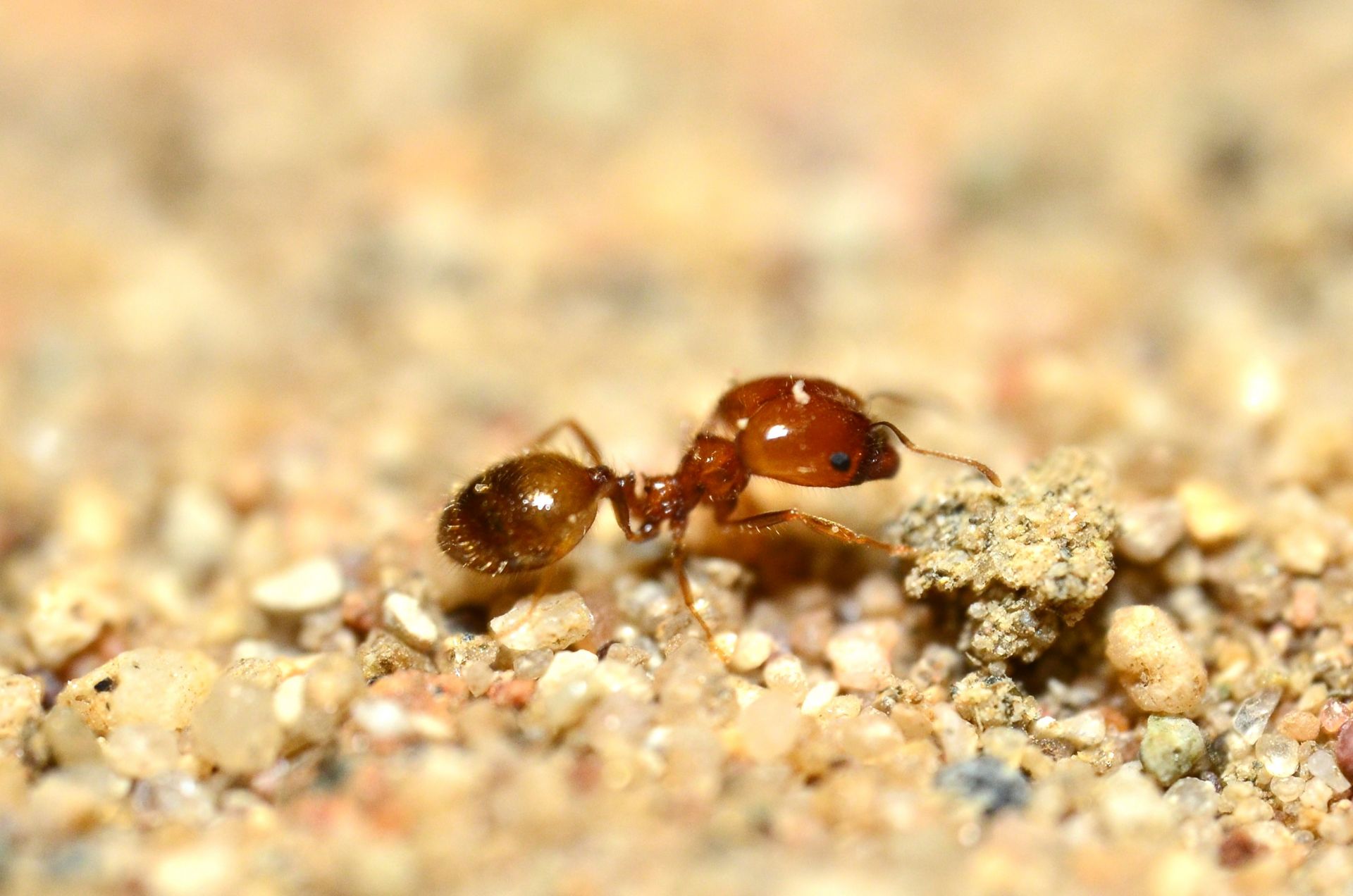
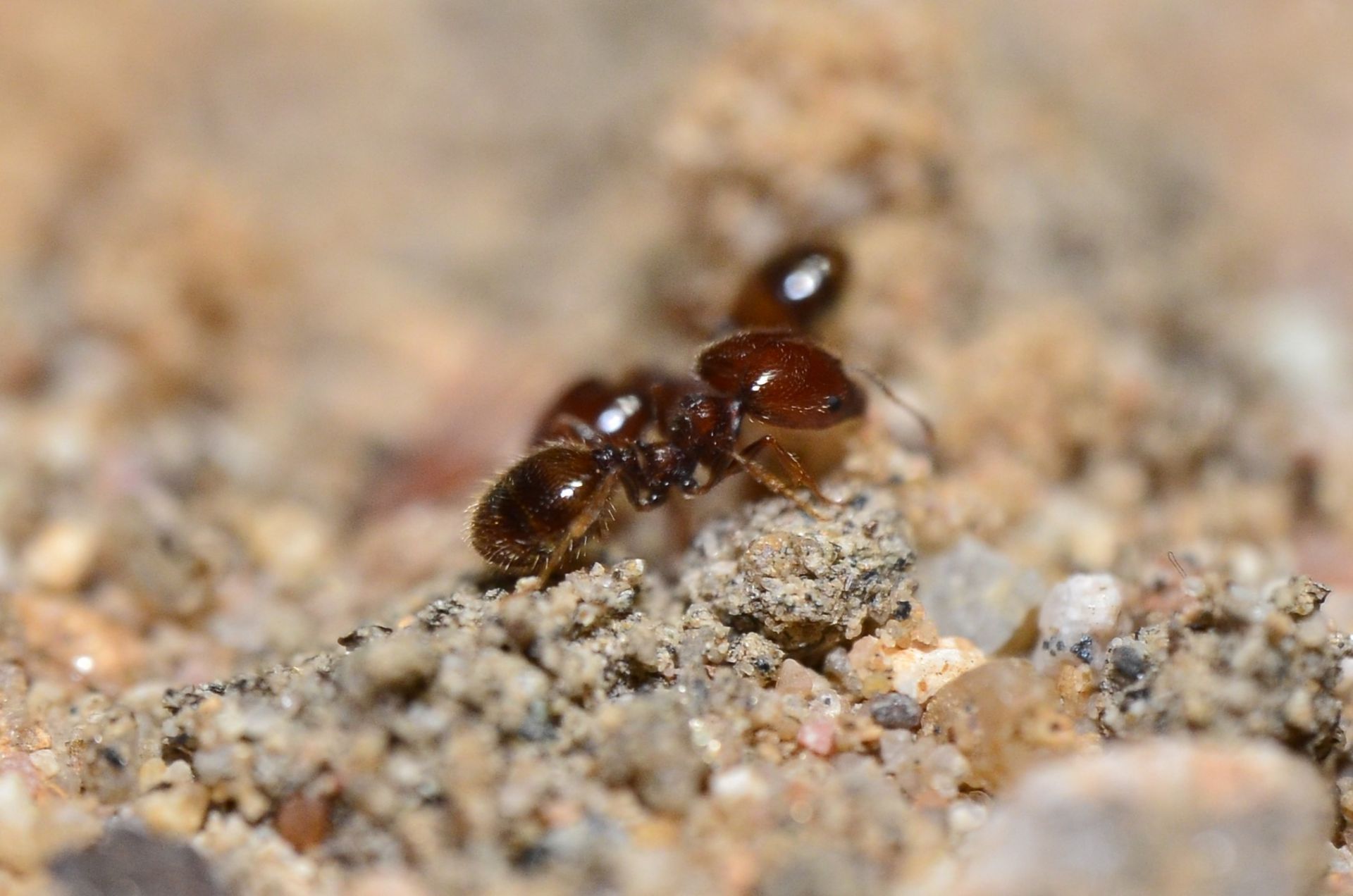
I hadn't seen the dark one before, so it was a rather delightful surprise when I found them. Gynes and minor workers have no differences, so I assume the dark coloration is consequence of being a rather isolated population. The lighter color is the "normal" color variant of the species. What is interesting, though, is that the dark variant population has more defined morphological features in comparison to the normal color variant.
Edited by ReignofRage, February 9 2024 - 10:26 PM.
Thought they died?
I have caught gynes and kept new colonies of C. yogi for the past three years; initially it was to prove a point and then it turned into something I do for fun. However, last time I went I got stalked by some psychopath through the forest. The ones you inquired about late 2023 ran out of water before I checked them. Prior years I was making test tube setups with more water.
Edited by ReignofRage, February 9 2024 - 11:31 PM.
Update 18 March 2024
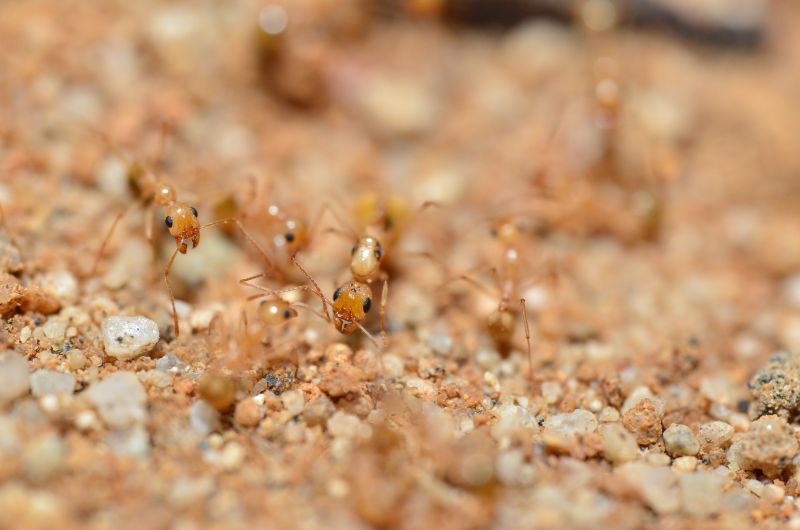
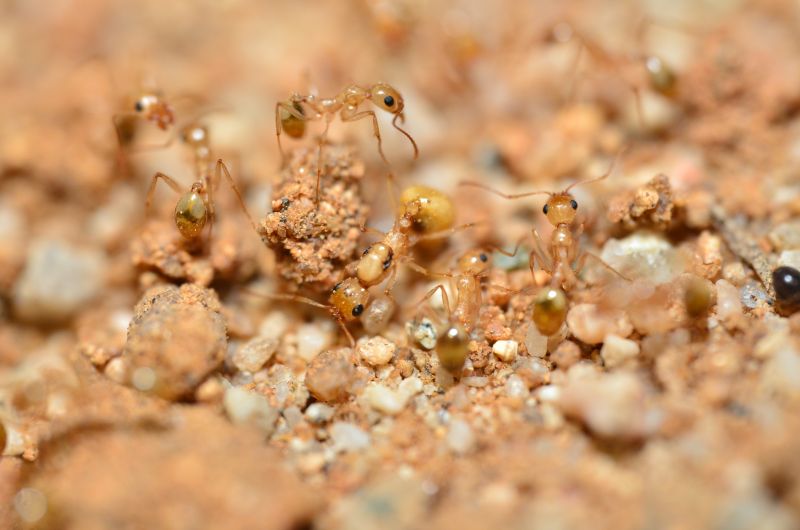
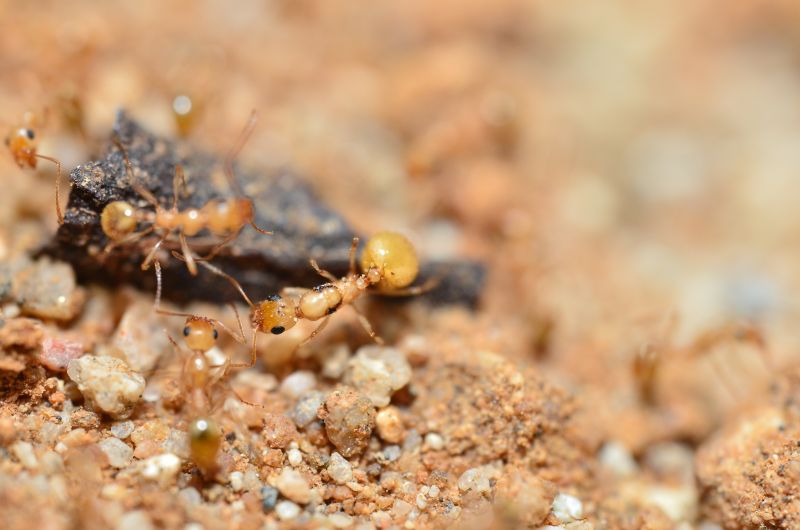
Aphaenogaster megommata. This colony has a microgyne, which is evident in the photos. The typical gyne size for A. megommata is ~9 mm - this gyne is ~6-6.5 mm. To my knowledge this is the first microgyne collected for this species. Workers are normal size and there is a little over 100 workers. They consume lots of sugar water and workers get decently physogastric.
Pheidole clydei. There is not much to say about this colony. Growth has continued as normal. The colony consumes lots of insects and I have added a liquid feeder of water, since they do consume water relatively fast.
Pheidole psammophila. The two colonies I kept of this species currently are heavily feeding upon seeds and crushed protein pellets. They are growing well and are very active.
Pogonomyrmex tenuispinus. The three colonies are growing well and have recently started to produce notably larger workers. I have continued to feed them insect proteins in addition to their seeds.
,
Edited by GOCAMPONOTUS, June 19 2024 - 7:09 AM.
Currently keeping: 2 C.vicinus colonies.2 C.sansabeanus. 1 C.leavissimus. 2 C.Ca02. 1 V.pergandei. 4 T.immigrans.1 F.pacifica. 1 C.hyatti
1 M.ergatognya
Trying to get my hands on :C.modoc,A.vercicolor, and Any Honeypots
Update?
Why? Just why (rhetorical*). It is very evident* that I am active on this site; the user bmb1bee commenting "update" will give me a notification that I will read and respond to. Posting the exact same thing a mere* 38 minutes later will not make me post an update any sooner. I stongly suggest that you refrain (see below) from commenting on this thread and any thread started by me from here on out*. I fear you may not comprehend any of this, especially the sentence prior to this one.
The word "refrain" has a very long history and may be difficult to understand. To make sure this get's through your Craniometaphyseal dysplasia*, and to make sure it doesn't slide right off your Miller-Dieker Syndrome (Lissencephaly)*, I will provide many sources of definitions for the aforementioned* term: refrain. Thankfully, there is many public resources available to us (here on the internet!) to figure out this difficult term. The defintion and meaning of this word, in this context, has been phrased numerous ways through its history some of which are as follows:
"to keep oneself from doing, feeling, or indulging in something and especially from following a passing impulse" (Merrian-Webster), "to abstain from an impulse to say or do something" (Dictionary.com), "to avoid doing or stop yourself from doing something" (Cambridge Dictionary) "resist doing something" (Vocabulary.com), "do without; keep from doing" (Thesaurus.com) "If you refrain from doing something, you deliberately do not do it" (Collins Dictionary), "to stop yourself from doing something that you want to do" (Britannica), "To hold back; curb" (yourdictionary.com), and "To hold oneself back; forbear from doing something" (thefreedictionary.com).
It should be taken into consideration that this listing of definitions is only the first handful available when using the common internet browser "Google Chrome." Further research and studies into the matter will undoubtedly reveal and result in a plethora of more sources and defintions.
*Some of these words may be beyond comprehention for you, so I have went ahead and made hyperlinks to defintions for each term and phrase.
References cited
Edited by ReignofRage, June 18 2024 - 8:49 PM.
Currently raising : C. Parius (2x), C. Vitiosus (2x), Carebara Diversa (1x), C. irratians (2x), M. brunnea (1x)
Have raised : Solenopsis
Enjoy anting, NotAxo ![]()
Currently raising : C. Parius (2x), C. Vitiosus (2x), Carebara Diversa (1x), C. irratians (2x), M. brunnea (1x)
Have raised : Solenopsis
Enjoy anting, NotAxo ![]()
Edited by 100lols, June 22 2024 - 4:26 AM.
1 September 2024
Aphaenogaster megommata. I gave this colony away around a month ago.
Pheidole clydei. This colony has embraced their P. flavens-group genes and have started to escape somewhat frequently; even squeezing through the gap between the tight lid and acrylic box. I need to move them into a formicarium, however I have been extremely busy and have not had much time to care for my ants or do anything for myself.
Pheidole psammophila. These have continued to munch on seeds and protein pellets. They're growing a little slower lately, but I am associating that with the lack of care.
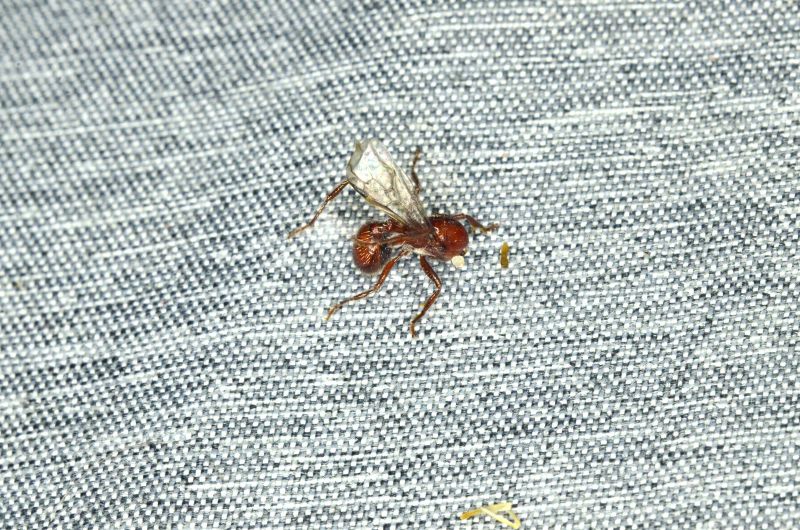
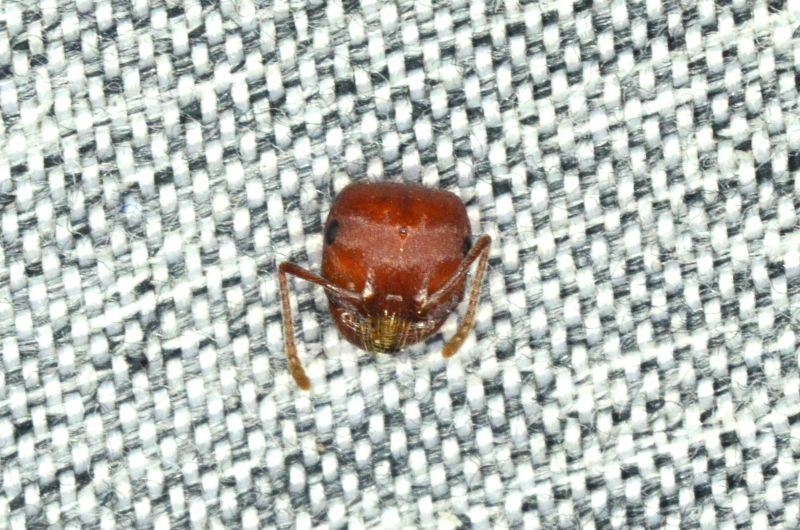
Pogonomyrmex tenuispinus. This colony has continued to steadily grow and has recently reached sexual maturity. The egg that turned into the gyne alates they made, when based on the average egg to worker time I have been experiencing with this colony, was laid just before the one year mark of when I collected the couple dozen I collected last year. The pictures are of a freshly-murked gyne that was walking around headless in the foraging area.
Edited by ReignofRage, September 1 2024 - 10:12 PM.
Update 6 September 2025
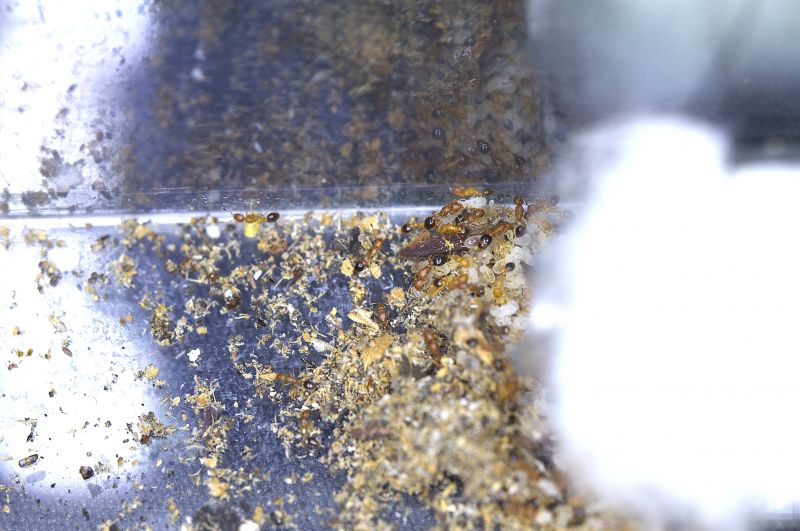
Cardiocondyla obscurior. This colony originated in a tree in a residential area in South Los Angeles County. I first located the colony approximately 9--10 meters off the ground at the tops of a tree. The residents did major arborist work on the tree and this colony was part of the trimmed branches, so I was able to collect it. I have counted eight gynes so far (all of which visible in the above photo) and approximate 20 or so workers. The collection was rushed and I missed some workers and surely missed some gynes as well. I was unable to locate any other satellite nests, but single workers were found on several branches. I searched each branch where they were nesting, but failed to find another nest. Currently, I have them in a 16 mm test tube setup, but want to make some artifical nests that resemble what I found them nesting in.
As for the colonies in the prior update from over a year ago, I gave all of them away when I became too busy to care for them.
More arborist work took place today on the tree. I located a second colony in the top of a branch in the axillary buds, terminal bud, and around the apical meristem. This new colony has several dealate gynes with a similar 2--3:1 worker:gyne ratio. Additionally, there are a few alate gynes present. Ergatoid males and alate males are still absent in either colony, so I am hoping there is some male brood.
0 members, 1 guests, 0 anonymous users